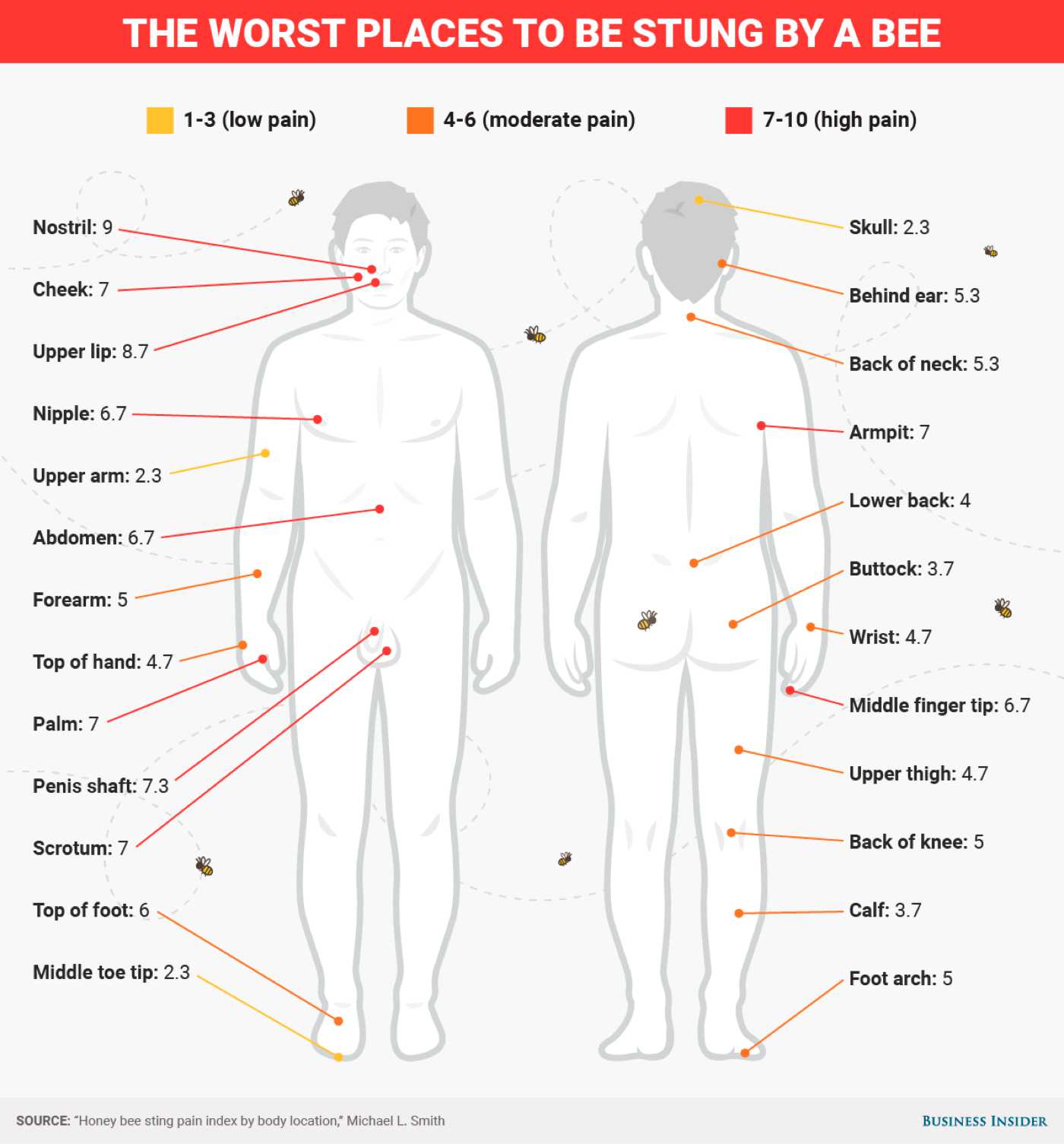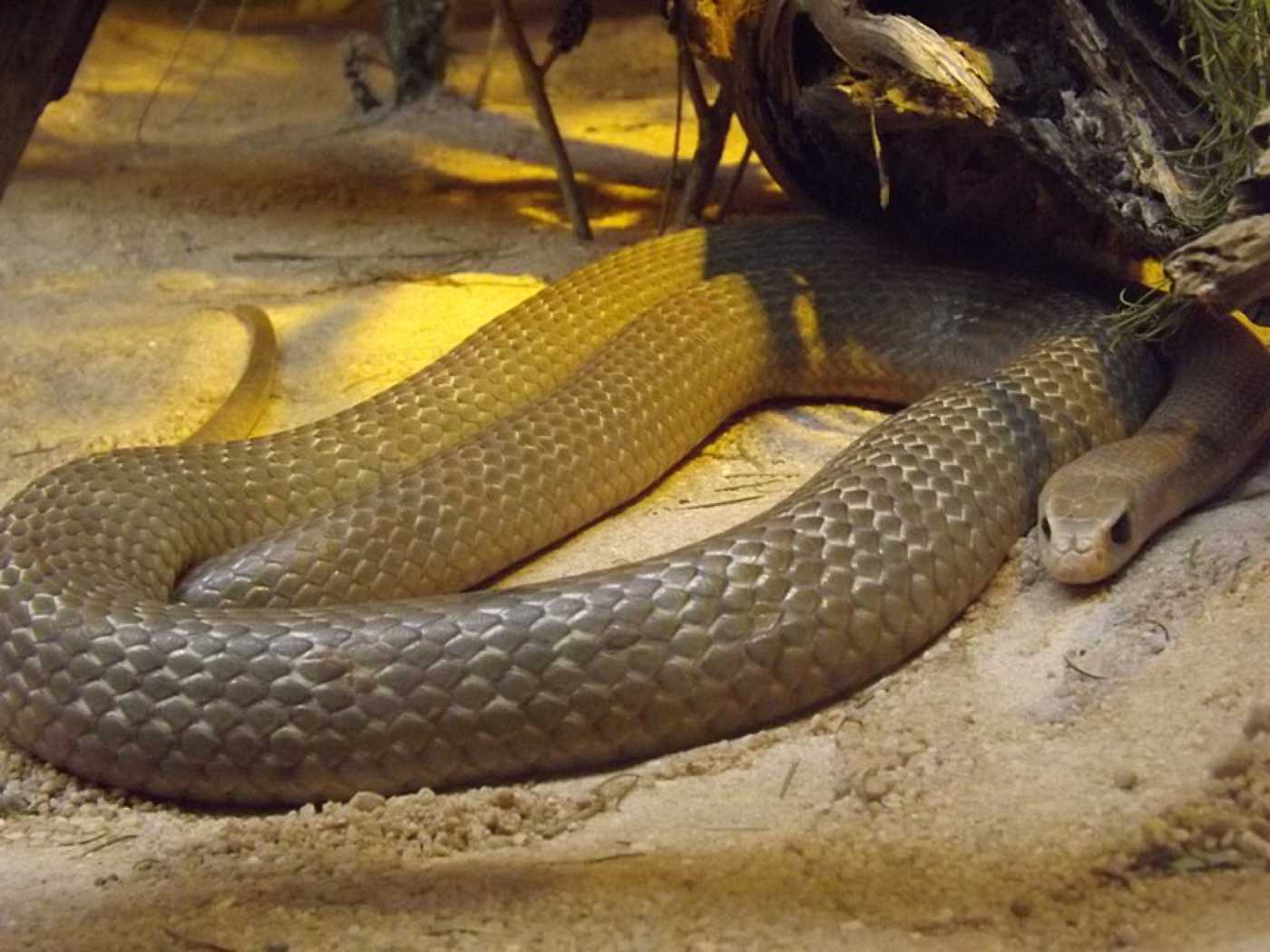Okay, so let’s check that I’ve set this up right. The grass is in, I’ve got a little dirt mound in the corner for burrowing, some old leaves and twigs for shelter, a few rocks for an outcrop of sorts and the Coke bottle lid is filled with water so that they can drink. All I need now is predator and prey. I know we’ve got spiders behind the garage and I’m pretty sure I’ll find a worm somewhere in the veggie patch…
As a 10-year-old, I would set up mini-worlds (I actually called them ‘insect worlds’ but alas, spiders and worms aren’t insects!) out of used 4-litre ice cream containers. I’d try to recreate an ideal habitat and place for animals to see how they’d behave, testing my very basic assumptions of what animals needed to live and thrive.

When it came to predator and prey interactions, my go-to model system was spiders versus nearly anything – worms, skinks, ants, grubs. I would watch for several minutes at a time, noting how long it took for the spider to finally take down its prey, and if it did, how long before the prey would… well, ‘disappear.’
If I only had a venom guide…
I wish the 10-year-old me had had a copy of Venom: The Secrets of Nature’s Deadliest Weapon. Partly because of how it explains the evolution, diversity and composition of venoms, and partly because of the incredible stories of how venom is used in the animal kingdom.
Most kids (at least I know I was, and still am) are engrossed by stories about superpowers, zombies, and ‘aliens’. In all of these incredibly vivid and fantastical stories, you will find venom at the crux of their real-life versions.
If you think of the movie Alien and cross it with a zombie film you get the Jewel Wasp (Ampulex compressa). Its venom zombifies the cockroach so that with gentle prodding, the cockroach walks itself into a hole before having larvae burrow into the cockroach’s abdomen.
There’s the super-powered cnidarians (jellyfish, anemones, and others) that use 1000s of venomous, harpoon-like stylets housed in capsules (a.k.a. nematocysts). These harpoons shoot out with the piercing power of a bullet, reaching 0-100km in 700 nanoseconds!
Venom succinctly explores the sheer diversity and complexity of venoms across the animal kingdom. Furthermore, it delves deeper into how venoms are quite specific in their target, function, and biochemical make-up.
The Australian Eastern Brown Snake shifts its venom profile as it grows and changes diet. As the snake grows towards 60cm, it uses a neurotoxic venom tailored to a predominantly reptile diet. As it passes 60cm, however, its diet shifts to predominantly rodents and the venom profile changes to become comprised of blood-clotting factors.
The cone snail (Conus spp.) can even concoct two specific venoms depending on whether its use is defensive against fish or octopuses, or predatory against snails, worms and fish.
Sometimes hours, even days would pass and nothing would happen in my carefully crafted mini-world. Perhaps if I had known about the complexity and specificity of envenomation, it might’ve explained why Pholcus pholcidae, a king of daddy long-legs, was never going to try and take down the Common Garden Skink (Lampropholis guichenoti). After all, I grew up believing the myth that it had the most powerful spider venom of all.
The elephant in the room and other curiosities
I was thinking it. You’re thinking it – or at least you have. What if one snake bit another snake? It’s the elephant in the room and I chuckled with glee when Venom answered this question. The truth is, self-immunity to venoms remains a poorly studied area.
The male Platypus is somewhat resistant to stings from other males and this is thought to underlie the arms race evolution of its insanely pain-inducing sting. But you also have the Australian Death Adder (Acanthophis antarcticus) which can sometimes be immune to, and also die from, envenomation from the same species. Yet, there are others like the Fattail Scorpion (Androctonus australis) which is immune to its own venom, even though the same concentration of venom will kill a crayfish.
Ever wondered what a bee sting feels like on your hand compared to your lip? Or your toe compared to your… scrotum? Well, Venom goes there, highlighting just how venoms are context and location dependent in order for them to be effective weapons of defence or predation.

Should I suck the venom out? The obvious answer is ‘No!’ but in Venom I soon learnt more about venom’s influence in human culture and our attempt to harness its power over the centuries.
Native American groups based in the area of California would embark on vision quests by swallowing balls of Harvester Ants (Pogonomyrmex californicus) that would bite their innards, inducing a loss of consciousness and powerful hallucinations.
Theriac, which included viper flesh, opium and ground-up mummy – yes, the Egyptian kind – was used to treat snakebite up until the 1800s.
Today a more exacting, scientific approach is taken and the power of venoms and their individual components are being examined for use in a range of applications, including erectile dysfunction, diabetes, and multiple sclerosis.
A tale for young and old
When reading Venom, my 10-year-old self came alive during the gruesome tales of zombies and aliens eating their hosts from the inside out. As an adult reading Venom, I was taken on a journey delving into the beautiful complexity and stunning evolution of venoms, from their microscopic biochemical make-up through to their pharmaceutical applications.
Venom is uniquely positioned to inform both young and adult readers for its appealing – and frankly, entertaining – grisly contents, as well as its detailed examination of venom’s biochemical complexity. In both cases, it is an easy read and jargon is masterfully avoided where possible or explained where necessary.
Venom will fill you with awe, admiration and respect for a range of animals that are instinctively feared and perhaps unjustly treated as a result. Even as an adult, it is an entertaining read that will answer questions, dispel myths, and provide you with great ‘Did-you-know’ conversation starters for around the campfire.
Purchase your copy of Venom from CSIRO Publishing.
Banner image of an Eastern Brown Snake courtesy of SuperJew (Own work) [CC BY-SA 4.0 (https://creativecommons.org/licenses/by-sa/4.0)], via Wikimedia Commons.


Leave a Reply